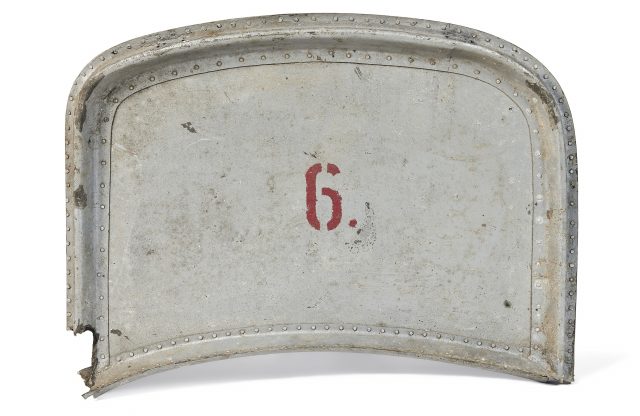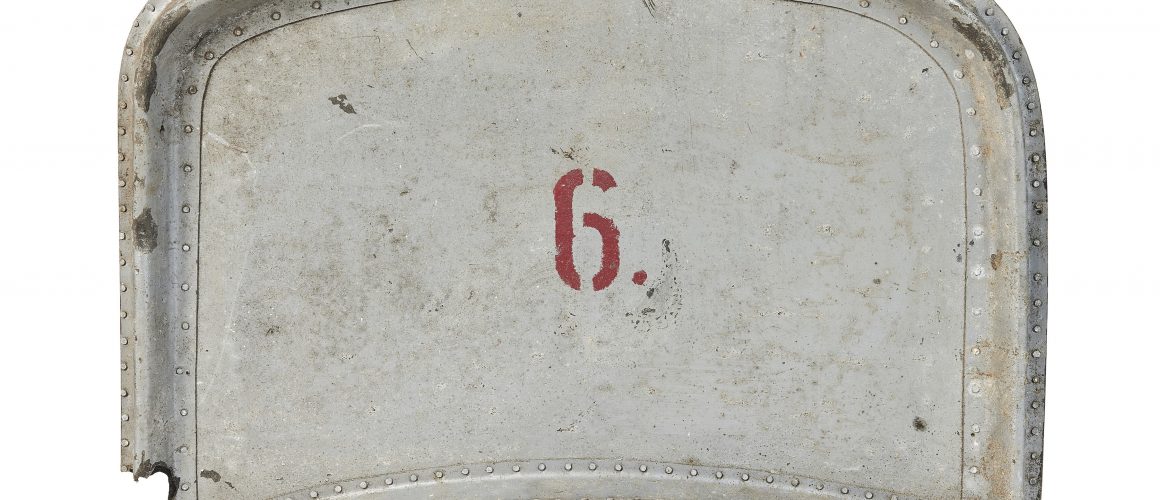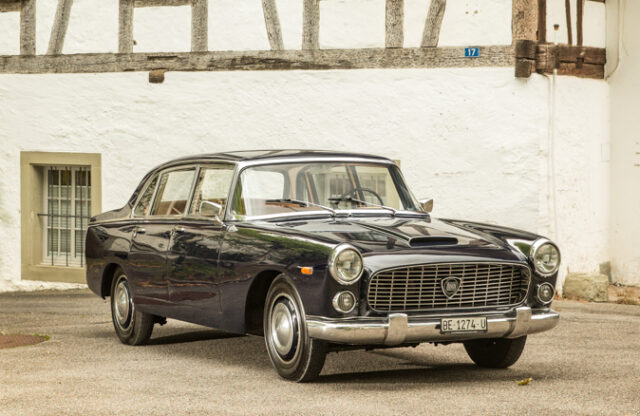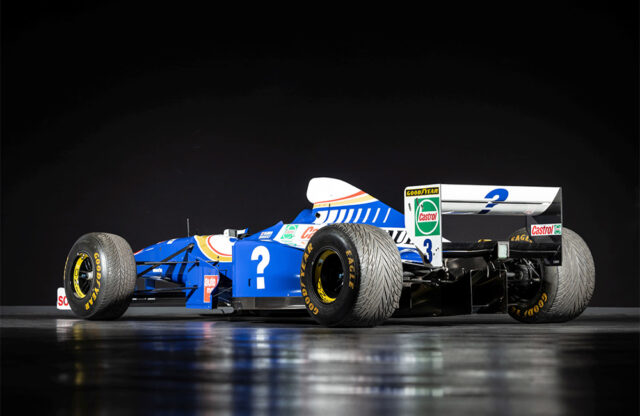WORDS: ELLIOTT HUGHES | PHOTOS: ARTCURIAL, WIKIMEDIA COMMONS AND MERECEDES-BENZ
Jubilation surrounds the Le Mans 24 Hours this year, as the event celebrates its 100th anniversary and welcomes legendary manufacturers such as Porsche and Ferrari back to the pinnacle of endurance racing.
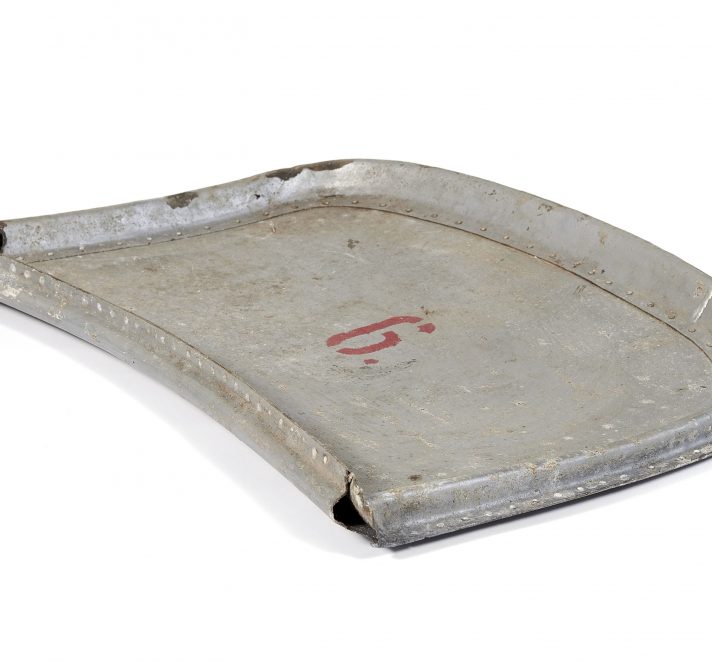
A controversial lot offered at Artcurial’s recent Le Mans Classic sale served as a stark reminder that motor-racing history is often tinged with tragedy
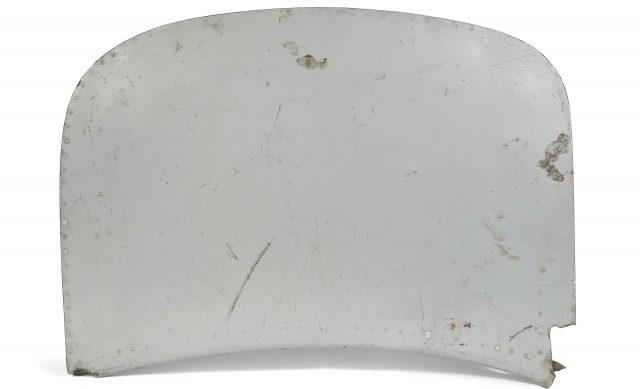
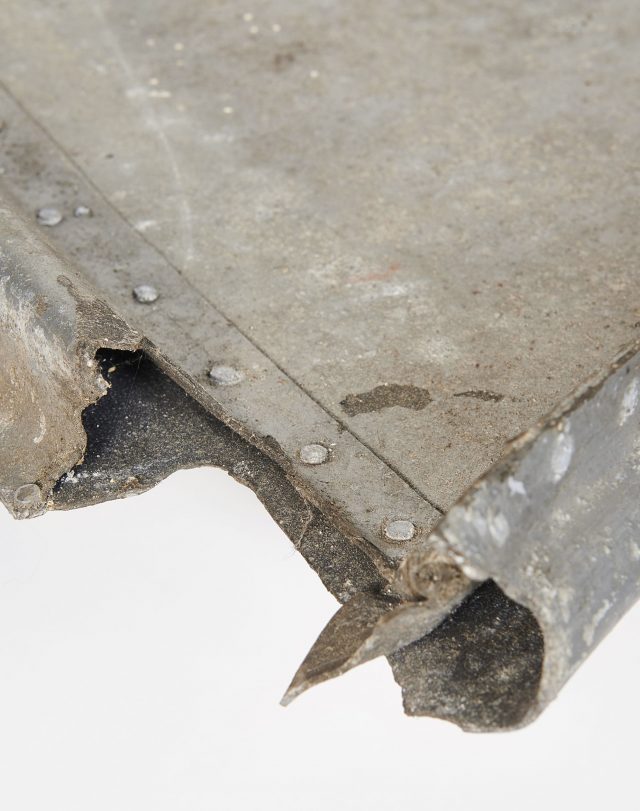
Yet a controversial lot offered at Artcurial’s recent Le Mans Classic sale served as a stark reminder that motor-racing history is often tinged with appalling tragedy.
The item in question was the passenger compartment cover from Pierre Levegh’s Mercedes-Benz 300 SLR – the very car that was at the heart of the worst crash in motor sport history: the 1955 Le Mans disaster. It sold within its estimate for €34,112 ($37,072).
The crash occurred on June 11, 1955 and was triggered when the Jaguar D-type of Mike Hawthorn veered to the right-hand side of the circuit to enter the pitlane in front of Lance Macklin’s Austin-Healey 100S. Hawthorn then hit the brakes, causing Macklin to swerve to the left in an effort to evade the pitting Jaguar.
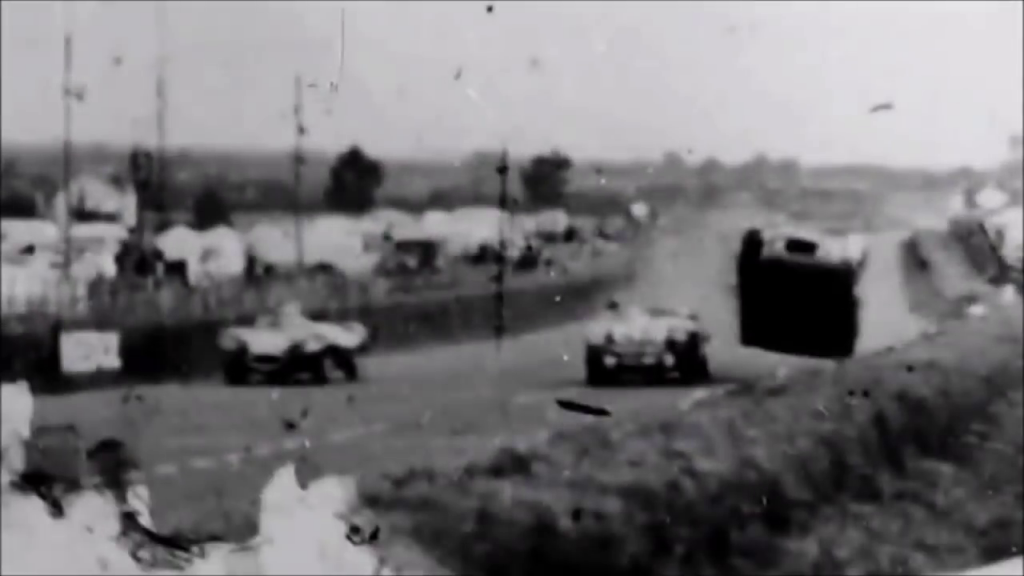
Meanwhile, Levegh’s Mercedes was thundering down the straight at 120mph, and had no time to react to the Healey that veered into his path. Tragically, the resulting collision pitched Levegh’s car over the banking and barriers separating the spectators from the circuit. Five-time Formula 1 world champion Fangio claimed that Levegh’s hand signal to slow down just before he hit Macklin’s car was a deliberate warning that prevented Fangio from also crashing, potentially saving his life.
The 300 SLR cartwheeled through the grandstand opposite the pits, sending lethal debris into the path of innocent bystanders as it disintegrated. The ruptured fuel tank then caused the Mercedes’ magnesium bodywork to ignite, launching fiery debris everywhere. Firefighters were unable to extinguish the blaze because the magnesium was burning so intensely, and they even exacerbated the inferno by dousing it with water. They were left with little choice but to watch the car burn itself out.
Pierre Levegh was killed instantly after being thrown from his cockpit. The level of carnage meant that the exact death toll may never be known, but it is estimated to be anywhere from 81 to 96, while between 120 and 178 people were injured. Some estimate the toll to be even higher.
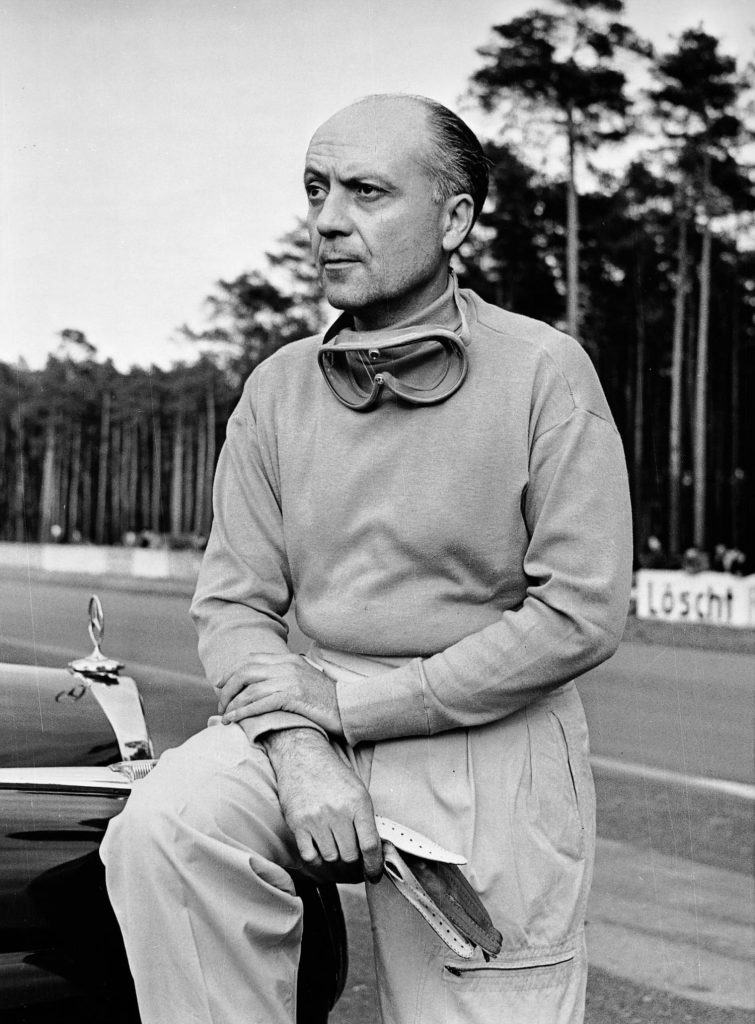
Incredibly, the race wasn’t stopped, and the Jaguar D-type of Mike Hawthorn and Ivor Bueb went on to take a pyrrhic victory from Aston Martin. Race officials defended the decision to continue the event by reasoning that a mass exodus of spectators from the circuit would impede emergency services.
Mercedes-Benz, however, withdrew from the event after being convinced by Levegh’s American teammate, John Fitch, who realised the enormity of the catastrophe after overhearing a reporter confirming that 48 people were already declared deceased.
In the aftermath of the race, France, Spain, Switzerland and West Germany all banned motor racing until the safety standards of circuits were brought to a higher standard. Switzerland’s ban remained in place for decades, and was only rescinded in May 2022. Mercedes itself didn’t return to motor sport until 1997.
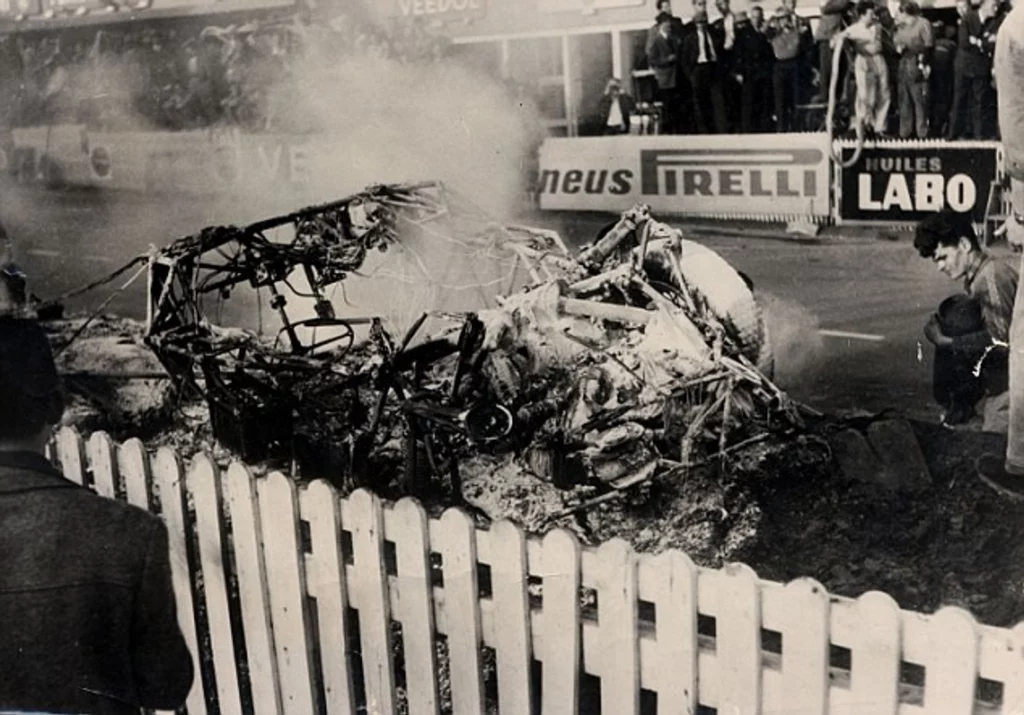
The twisted and burnt out 300 SLR wreckage was returned to Mercedes-Benz in October 1956 after an official inquiry into the incident had been completed by the French government. The team scrapped the wreckage – with the exception of the engine, which was put into the marque’s archive, although its whereabouts today is unknown.
The passenger compartment cover offered by Artcurial was one of the pieces of 300 SLR debris extant, and it likely came off the car as it cartwheeled over the barrier. According to Artcurial, it was recovered by an anonymous track marshal, who came across the panel on the outskirts of the circuit. Having inheriting it many years later, the marshal’s nephew decided to consign it to the sale.
Despite bearing no serial numbers or markings other than a stencilled red number six, Mercedes-Benz Heritage confirmed that the panel was indeed from Levegh’s car. Given the controversial nature of the item, Magneto approached Peter Becker of the Mercedes-Benz Museum for comment:
“Out of respect for the victims and their families, we refrain from showing exhibits closely related to this accident,” Becker explained. “Therefore, we do not comment on the auction mentioned.”
It is not the first time an item directly involved in the Le Mans disaster has been offered for sale publicly. Back in 2011, Lance Macklin’s Austin-Healey 100S was discovered in a barn, and subsequently sold via Bonhams auction £843,000 ($1.3m). The listing described the car as the “quasi-works Austin-Healey involved in the racing incident that changed the entire course of motor-sporting development.”
The significance of the Levegh’s passenger compartment cover as the remnants of a tragic incident that triggered the development of higher motor sport safety standards, is, according to Artcurial, the very reason why the auction house decided to include the item in the catalogue.
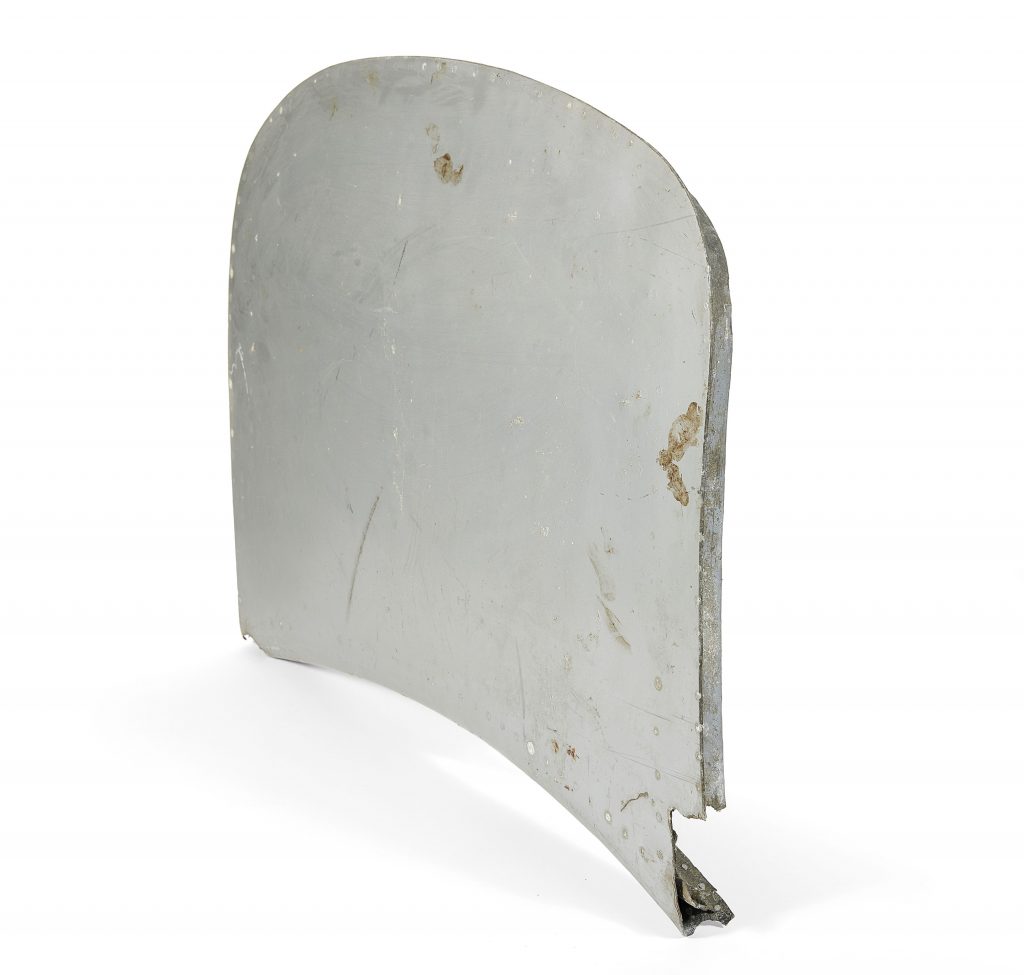
“Because of this accident, the safety of all international tracks improved to protect the drivers, spectators and marshals. It belongs to one of the most important cars in racing history,” explained Artcurial Motorcars managing director Matthieu Lamoure.
“For example, we refused to sell a car that belonged to Adolf Hitler, because there’s a big difference between this and the passenger compartment, which ultimately caused a positive outcome for safety.”
Lamoure also pointed out that a third of the sale’s proceeds went to the Association Medicale Des Circuits Du Mans, which was founded in 1992 to cater for the medical requirements of all motor sport events run under the Automobile Club de l’Ouest, including the Le Mans 24 Hours.
